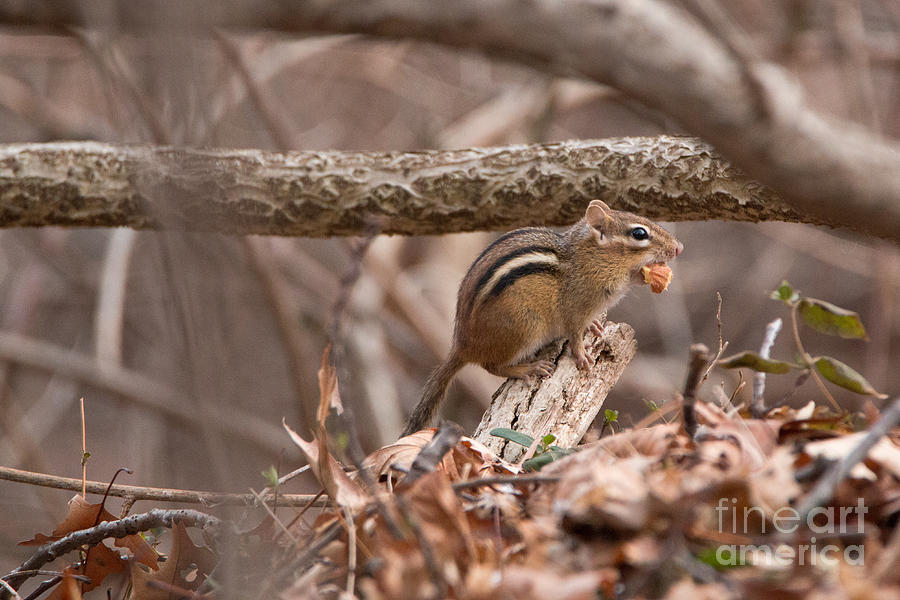
At the beginning of autumn, many species of chipmunk begin to stockpile nonperishable foods for winter. Around humans, chipmunks can eat cultivated grains and vegetables, and other plants from farms and gardens, so they are sometimes considered pests.Ĭhipmunks mostly forage on the ground, but they climb trees to obtain nuts suck has hazelnuts and acorns. They also commonly eat grass, shoots and many other forms of plant matter, as well as fungi, insects, small frogs, worms and bird eggs. Learn more at have an omnivorous diet primarily consisting of seeds, nuts and other fruits, and buds. Winslow Umberger is head of outreach for Appalachian Wild, a nonprofit whose mission is to provide care for injured and orphaned wildlife, support WNC’s wildlife rehabilitation network and offer conservation education. Whether you love ‘em or hate ‘em, chipmunks are valuable ecosystem players, so take (humane) steps to protect your garden, and enjoy the show. When partaking of fungi, they help spread mycorrhiza, a fungus that’s vital for increasing water and nutrient absorption in plants. By gathering and burying seeds, chipmunks aid in the spread of trees, shrubs and other plants. “Because chipmunks are generally plentiful, they help keep other wildlife populations fed and abundant.” They also help flora flourish. In their eat-and-be-eaten world, “Eastern chipmunks are an important source of prey to species such as bobcats, foxes, coyotes, raptors and reptiles,” says Shipley. In a good year, one four-ounce chipmunk can stockpile eight pounds of food. In his book Winter World: The Ingenuity of Animal Survival, New England ecologist Bernd Heinrich reports counting 60 sunflower seeds packed into just one cheek pouch. It can be quite entertaining to watch them stuff their cheeks with chow. Even from us, as during the warm months, you might find them in your garden, noshing on your berries, bulbs, buds and tubers. “They each have distinctive ‘personalities’ and don’t all react the same way, even when facing exactly the same situation,” says Shipley.Ĭhipmunks are under constant risk of predation so they are on continual alert.

To warn off trespassers on their quarter-acre-size territories, they will emit a repetitive, low-pitched “chuck, chuck” (like a stick rapping on a hollow wooden block.) Interestingly, like with humans, not all are reliable communicators. They will dash off with tails up, but, ever curious, can’t resist poking their heads out from their refuge to check out the threat. Most of us know the familiar “chip” they make when we startle them. Those lines of communication may mean the difference between life and death. These tiny town criers communicate with each other through their calls. You might have heard their vocalizations in defense of those territories. Relocation of mammals with a strong homing instinct is not recommended because of the potential conflict relocating to a new area can cause.” Like many mammals, Eastern chipmunks have a strong homing instinct. If an Eastern chipmunk were to be released in an area where it came from originally, it would likely come into conflict with the resident chipmunk of that area and be forced to live transiently before being able to set up a new home range of its own. “Eastern chipmunks are solitary and territorial,” says Andrea Shipley, M.S., mammalogist for the NC Wildlife Resources Commission. Their “digs” are only meant for one chipmunk family. Many chipmunks have several scattered entrances into their burrows, so when a predator or something else frightens them, they run and disappear into the ground through the closest hole they have made.”

They scatter it around so that the entrance is not easily seen. “They never leave a pile of dirt at the entrance. Spotting a chipmunk’s burrow may be hard, says Burke. Not long after that the young chipmunks start to venture above ground. They nurse for about three weeks before they are weaned and begin to eat solid food. They have specialized chambers for everything “with storage chambers for food such as acorns and seeds gathered in autumn, and other specialized chambers for sleeping, giving birth, and even a chamber that is used as a toilet.” Baby chipmunks are nursed by the mother underground and left there if she needs to go above ground for any reason. “Chipmunks have a complicated burrow system,” says wildlife educator and rehabilitator Carlton Burke of Carolina Mountain Naturalists.

The true story of these continually busy creatures-foraging for food, building burrows, stockpiling provisions for the winter months spent underground, raising young-is amazing reality. When you think of chipmunks, what’s your first reaction? “AThey are most certainly important to our ecosystem.


 0 kommentar(er)
0 kommentar(er)
